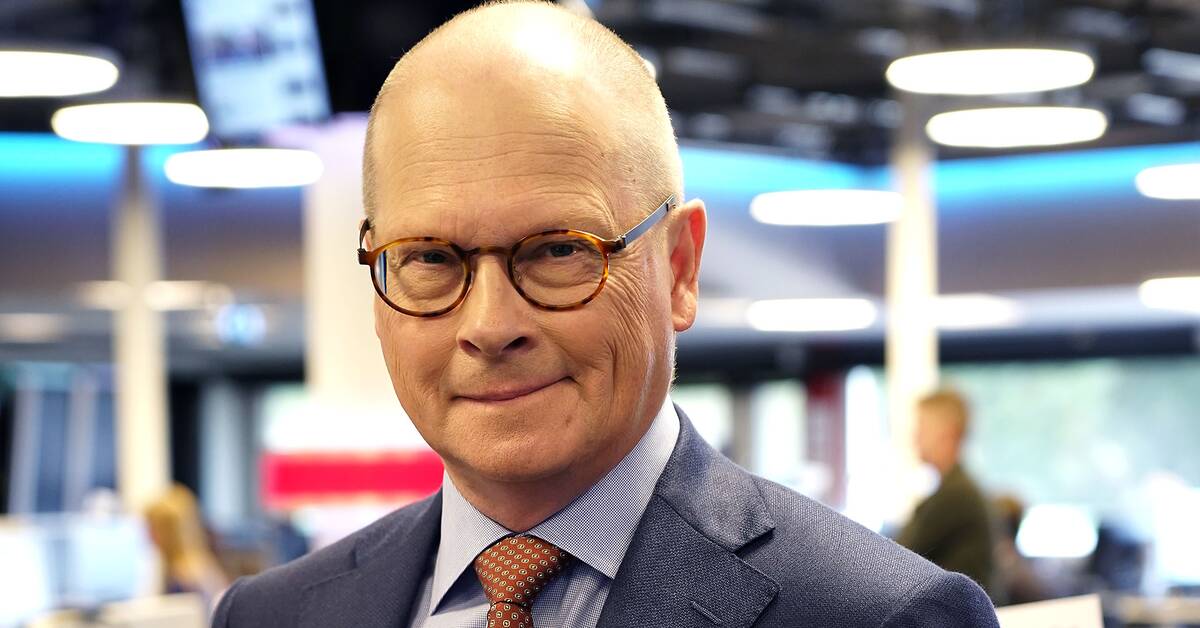In recent years, the political map has been redrawn properly in Sweden.
Compared with the 2018 election, the government alternatives today look different.
Whoever makes Build your own government today will thus find completely different probable government coalitions than before the 2018 election.
Then none of the other parliamentary parties wanted to cooperate with the Sweden Democrats, the four bourgeois parties went to the polls as the "Alliance" and to the left were the Social Democrats, the Green Party and the Left Party.
During the last term of office, this has changed.
It started with the Center Party and the Liberals starting an organized collaboration with the Social Democrats and the Green Party.
In response to this, contacts were made by the Christian Democrats and the Moderates with the Sweden Democrats.
What had previously been unthinkable gradually grew into a common government base.
When the January agreement fell last summer, the Liberals changed sides again.
At the same time, the Center Party has been tormented in the center, although it has recently emerged that it is increasingly likely that the party would rather cooperate with the Social Democrats than with the right-wing parties after the September election.
Another lesson from the last term of office is that everything governing, even in the minority, is based on having a functioning majority behind it in the Riksdag.
In recent years, it has become increasingly difficult to reach this majority.
This is mainly due to the Sweden Democrats 'growth in Sweden and the other parties' views on SD's role in Swedish politics.
Several crises
The Center Party's no to all forms of cooperation with SD has stopped M-leader Ulf Kristersson from becoming prime minister and thus contributed to the Social Democrats being able to remain in power.
At the same time, the unclear parliamentary situation has made it difficult for the Social Democrats to govern in view of the contradictions between the Center Party and the Left Party.
Several political crises have occurred, including a prime minister being cast in a no-confidence vote for the first time.
In the forthcoming election campaign, two government alternatives in particular stand against each other.
One under the leadership of the Social Democrats, which will also include the Green Party, the Left Party and probably the Center Party.
The second under the leadership of the Moderates, which will also include the Christian Democrats, the Sweden Democrats and probably also the Liberals.
Both government alternatives contain internal tensions and the formation of a government can be complicated.
For Magdalena Andersson (S) the big challenge will be to get V and C to stay together, for Ulf Kristersson (M) it is about getting L and SD together.
The state of public opinion between these two alternatives is also even.
Should any of the small parties, the Green Party or the Liberals, leave the Riksdag, it could affect the entire government formation.
Based on SVT / Novus
But the unclear parliamentary situation may also open up for other collaborations after the election.
This term of office has shown where old collaborations have been broken up and new ones have emerged.
With SVT's application Build your own government, you can test the possibilities of different government alternatives to secure a majority in the Riksdag.
Here are of course the most probable alternatives, but also all other more or less conceivable or unimaginable collaborations.
Build your own government is linked to the SVT / Novus voter barometer and will be updated as soon as there is a new survey.
In the election campaign, the data for Build Your Own Government will be updated every day.

